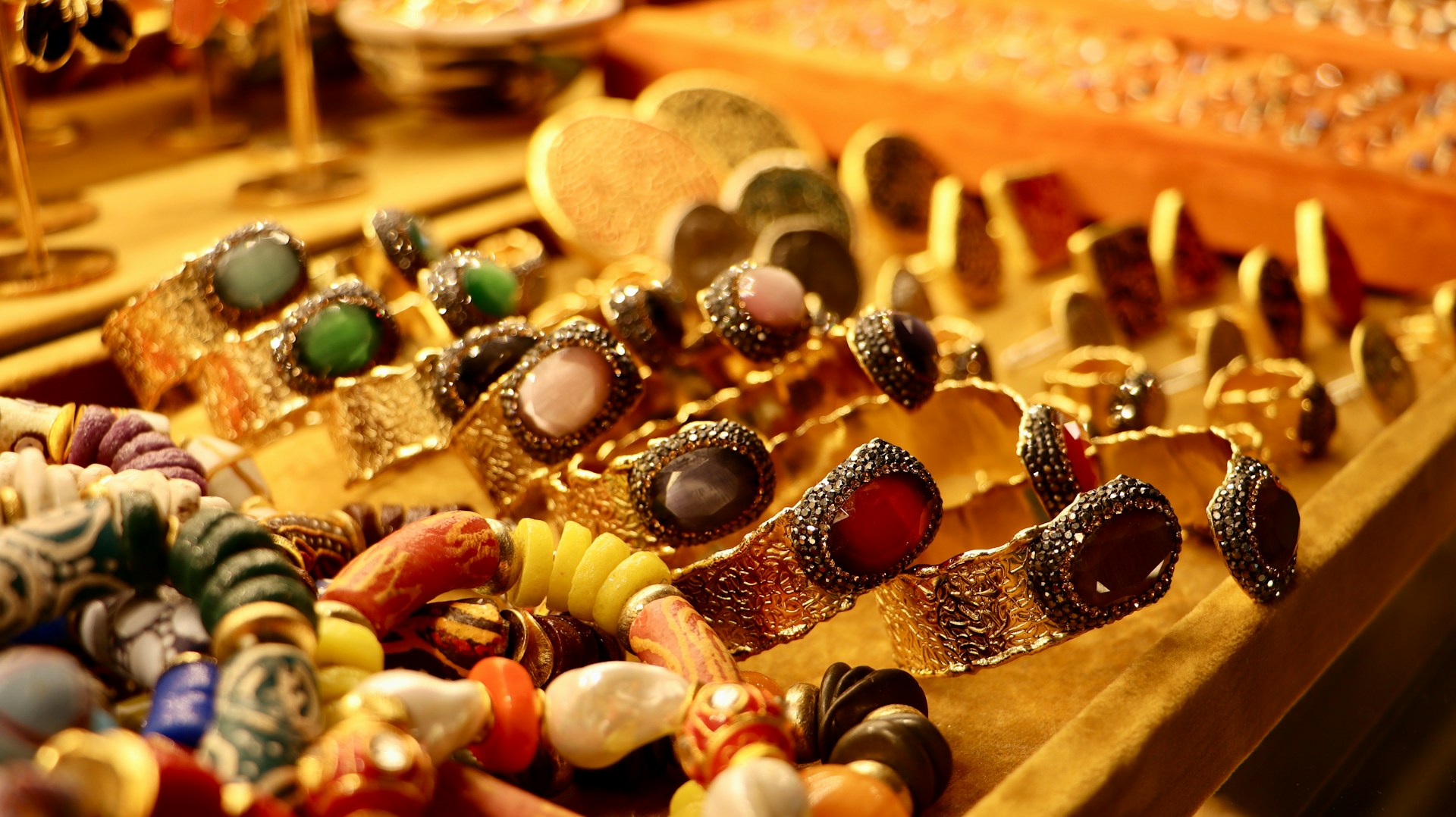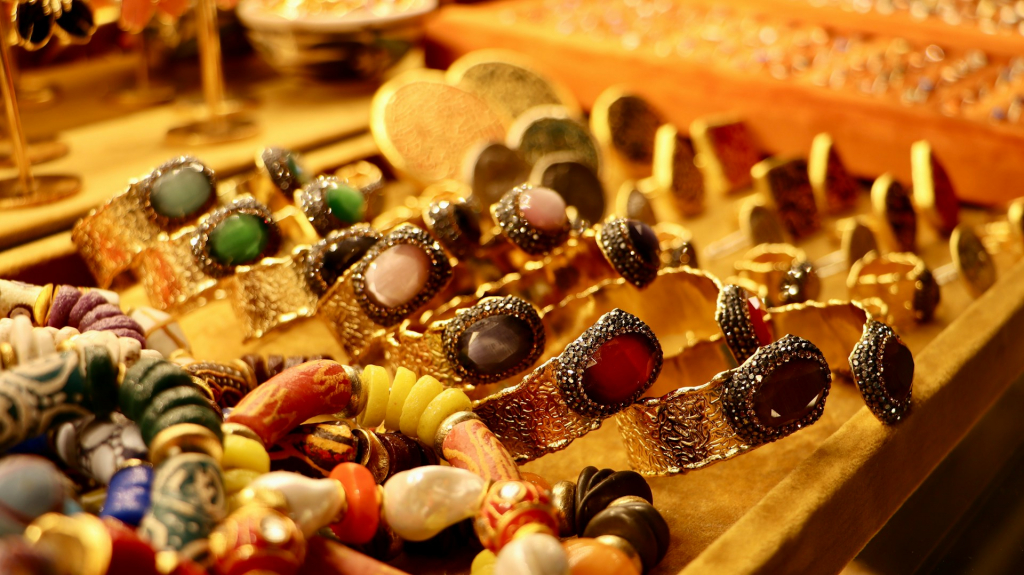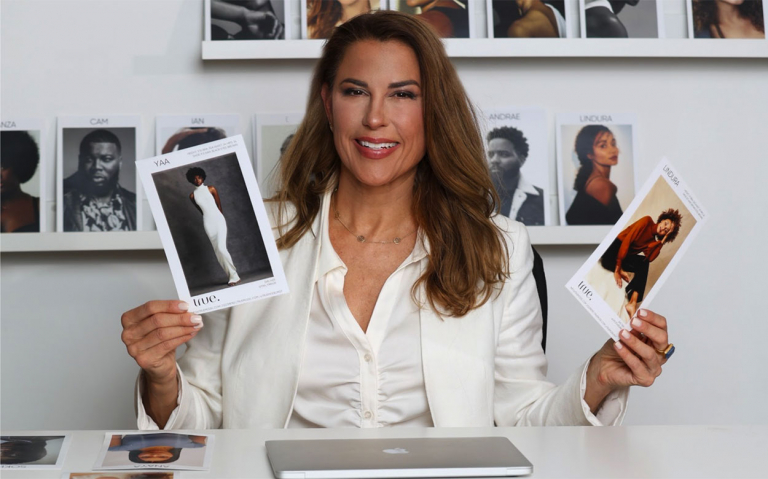Every piece of clothing unveils memories, unlocking a sense of nostalgia by restoring a specific state of time in your life. Clothing recounts specific emotions and feelings from moments in your life, ultimately creating a sense of sentiment toward each piece.
Yet, clothing, specifically heritage clothing, relays a story beyond these memories—it reveals the woven history of culture and craftsmanship behind its production.
Each fashion brand, regardless of whether it’s a luxury or a fast fashion brand, holds its different ways of producing the clothing they market to consumers. However, a lot of fashion brands tend to adjust the ways in which they manufacture their clothing in order to maintain pace with the heavy demand from consumers.
As the fashion industry constantly adapts to current stylistic aesthetics and norms, it becomes increasingly important for brands to release new collections that appeal to the modern eye. Despite the demand for contemporary fashion, many brands still embrace and produce their heritage clothing pieces to preserve tradition and culture.
What is heritage clothing?
Heritage clothing essentially categorizes garments with a deep sense of culture and history. Furthermore, heritage clothing demonstrates how certain traditions have remained and expanded over time and embodies the techniques and craftsmanship that have endured through generations.
Heritage clothing pieces are less modern, as they have continued to sustain tradition and history. Thus, these garments are not classified as microtrends, especially as a lot of them are timeless pieces that have remained trending and popular throughout fashion history.
Every fashion brand has an individual history, especially regarding how it rose in popularity and the evolution of its business models and manufacturing techniques. Wearing heritage clothing from a brand with a deep-rooted history allows an individual to vicariously experience that sense of history and culture.
How does culture shape heritage clothing?
Culture reflects the behavior and norms within a certain group of individuals, and thus, there are many stylistic patterns and trends that different cultures embrace and share.
Similar to fashion, culture creates a sense of identity and self-expression that can be physically expressed through stylistic choices. Thus, several cultures have cultural clothing pieces that embody and represent their deep-rooted traditions and history.
For instance, in Korean culture, the traditional clothing pieces worn by people are called “Hanbok,” which directly translates to “Korean clothes.” Traditionally, Hanbok consists of vibrant and patterned pieces made from cotton, silk, or ramie.
Red Hanbok pieces indicate good fortune, whereas blue pieces reflect serenity and spirituality.
Hanbok has been passed down through generations of Korean culture, with some individuals still wearing them today at formal occasions, like weddings and ceremonies.
Although some Hanbok styles have been modernized to align with current aesthetics and trends, Hanbok still reflects Korea’s rich culture and history, ultimately representing the timelessness of heritage clothing.
Hanbok represents the craftsmanship of weaving and stitching the pieces and how those techniques and processes are still utilized by designers today. The same approaches and methods used by individuals generations ago are still in practice today, placing into perspective the established history of heritage clothing.
Lately, many fashion brands have been emphasizing incorporating artisanal craftsmanship more, allowing designers to release new collections that accentuate uniqueness and cultural heritage.
Wearing heritage clothing not only refines your physical appearance but also allows you to carry a strong sense of cultural and historical identity within yourself. Nowadays, many people tend to wear their cultural clothing more casually to display their respect and pride for their cultures.
How has heritage clothing adapted to modern-day trends?
There are a lot of designers who will play around with different designs and patterns to modernize cultural clothing.
For instance, a Korean designer based in New Zealand, Steven Junil Park, utilizes a patchwork pattern in traditional Korean history called “jogakbo.” Through his work, he embodies the beauty of incongruity through stitching repurposed garments and materials like ramie.
Park’s designs range from dresses and jackets to seal rings while maintaining and incorporating Korean cultural accents. Thus, Park allows his clothing to take form both as art and heritage fashion.
How has heritage clothing been preserved today?
Fashion brands that have existed for generations and have employed numerous creative designers and artists all hold extensive histories.
Numerous brands have “iconic” pieces that were initially designed hundreds of years ago but are still widely sold and worn by consumers today.
For instance, Chanel first released its tweed suit design in 1925, and tweed has since established itself as a distinguishing pattern that people can immediately correlate with the brand today.
“A Chanel suit is made for a woman who moves,” said Gabrielle Chanel, according to a post published by Chanel News. “I really care about women, and I wanted to dress them in clothes that make them feel at ease…but that still emphasize femininity.”
Wearing a tweed Chanel suit not only expresses one’s stylistic taste but also represents a sense of feminine energy, ultimately making the set one that defines and embodies the image of Chanel. The tweed pattern itself holds so much history with the brand and still continues to be admired by many today.
How brands have maintained heritage accessories:
In addition, Hermès — around since 1837 — has a renowned extensive history of releasing luxurious leather goods. The brand itself has always strongly emphasized incorporating skilled artisan craftsmanship, producing goods of the highest quality.
When the classic Hermès Birkin bag was released in 1984, it quickly became the “it-girl” bag, with people attempting to replicate looks inspired by the esteemed movie star Jane Birkin through the bag.
Nowadays, owning a Birkin bag is equivalent to a status symbol — people immediately associate you with class if you are seen styling one of these valuable bags.
Thus, many designer brands continue to craft and sell the products that they are known for, ultimately helping maintain the esteemed and praised reputations of these brands.
Many of these designers do so to preserve their brands’ deep-rooted history and emphasize timelessness in their modern collections. In addition, many brands will add their modern touches to their heritage collections to keep pace with current fashion trends and norms.
When you wear a piece that has a lot of history with a brand, you are essentially styling a piece that is timeless yet has survived and maintained its admiration through generations of different stylistic aesthetics and norms.
Fashion itself is intended to symbolize one’s individual self-expression — heritage clothing holds a similar purpose, as it represents the culture and historical significance of an individual piece of clothing.
When styling heritage clothing, it becomes important to recognize and appreciate the history behind the craftsmanship and the design process of each clothing piece.
A lot of brands today still utilize the craftsmanship they once implemented for some of their bestselling pieces, ultimately representing the deep-rooted history behind heritage clothing.
Even when you purchase clothing from a thrift or vintage store, you essentially continue the previous owners’ stylistic legacy. Thus, when you style pre-loved clothing, you wear a piece of history that was once made in those pieces.
Every piece of clothing has its individual history — it holds a different story of where it came from and how it was intended to be worn. So, the next time you put on a piece of clothing, consider its heritage and its history with the brand.






